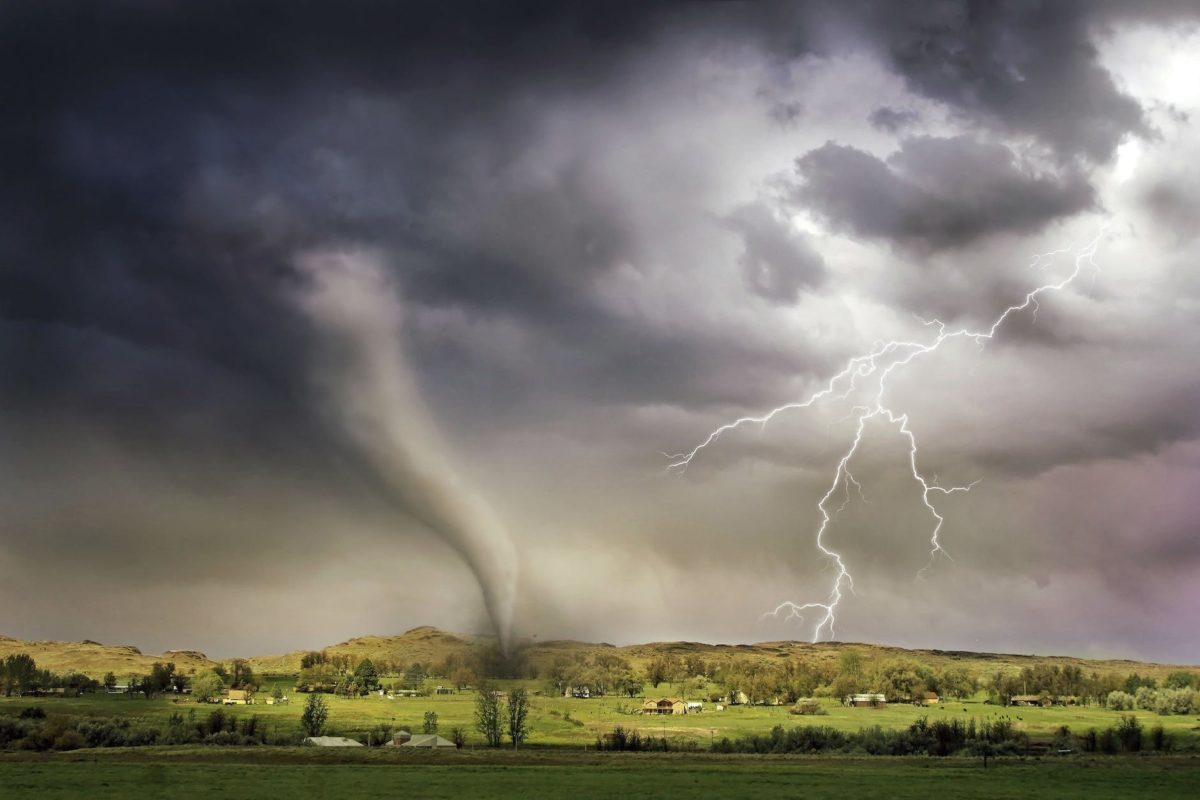Tornadoes, those swirling columns of destruction, can strike with surprising speed and ferocity. While they’re most common in the central United States, tornadoes can touch down anywhere, leaving a trail of devastation in their wake. But knowing what to do before, during, and after a tornado can significantly increase your chances of staying safe.
Before the Storm:
- Get informed: Stay updated on weather forecasts and warnings issued by the National Weather Service (NWS). Sign up for local alerts and have a NOAA weather radio on hand.
- Prepare a plan: Discuss tornado safety with your family and establish a designated shelter location in your home, ideally a basement or an interior room on the lowest floor away from windows.
- Assemble an emergency kit: Stock up on non-perishable food, water, first-aid supplies, flashlights, batteries, and a battery-powered radio. Don’t forget a cell phone charger and important documents.
- Practice your drill: Conduct regular tornado drills with your family so everyone knows what to do when the warning sounds.
When the Warning Sounds:
- Seek shelter immediately: Don’t wait to see or hear the tornado. Go to your designated shelter area and crouch low, covering your head and neck with your arms.
- Stay away from windows and doors: Flying debris poses the greatest threat during a tornado.
- If you’re in a high-rise building: Go to the lowest floor possible, an interior hallway, or a designated storm shelter. Avoid elevators.
- If you’re in a mobile home: Evacuate immediately and seek shelter in a sturdy building. Mobile homes offer little to no protection from tornadoes.
- If you’re caught outdoors: Find a low-lying ditch or depression and lie flat, covering your head with your hands. Stay away from trees, cars, and other potential projectiles.
After the Storm:
- Stay sheltered until the danger is over: Don’t go outside until the NWS confirms the tornado has passed.
- Be cautious of downed power lines: Never touch them or anything they’re touching.
- Check for injuries: Help those who are injured and call for medical attention if needed.
- Report damage: Contact your local authorities to report any damage to your property or infrastructure.
Remember:
- Tornadoes can strike quickly, so it’s crucial to act fast when a warning is issued.
- Every second counts, so don’t delay in seeking shelter.
- Having a plan and practicing your drill beforehand can make a world of difference in a chaotic situation.
By staying informed, prepared, and taking the necessary precautions, you can significantly reduce your risk of injury and harm during a tornado. Remember, your safety is your top priority.
Additional Resources:
- National Weather Service: https://www.weather.gov/
- Centers for Disease Control and Prevention: https://www.cdc.gov/disasters/tornadoes/index.html
- American Red Cross: https://www.redcross.org/about-us/news-and-events/news/Follow-Red-Cross-Safety-Steps-If-Severe-Weather-Possible.html
